Home>Furniture>Outdoor Furniture>What Is The Plastic Decking Called
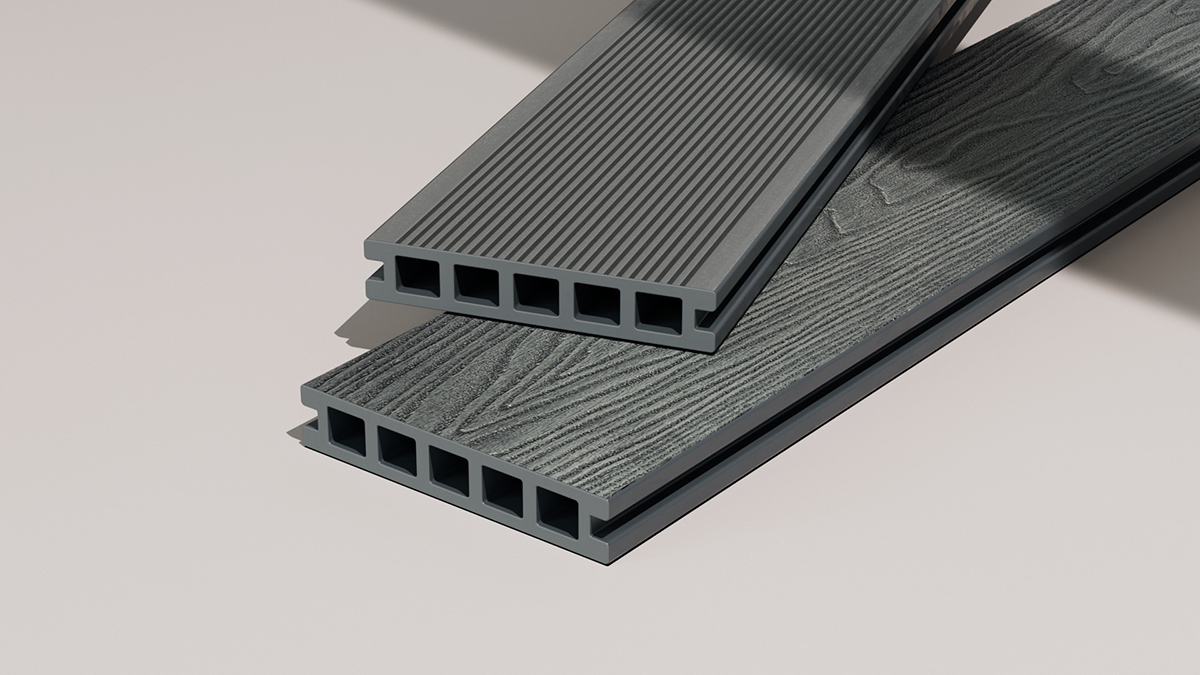

Outdoor Furniture
What Is The Plastic Decking Called
Modified: March 7, 2024
Discover the benefits of outdoor furniture made with plastic decking. Enhance your outdoor space with durable and low-maintenance materials that withstand the elements.
(Many of the links in this article redirect to a specific reviewed product. Your purchase of these products through affiliate links helps to generate commission for Storables.com, at no extra cost. Learn more)
Introduction
Welcome to the world of outdoor furniture! When it comes to transforming your outdoor space into a cozy and inviting oasis, there is one essential element you shouldn’t overlook – furniture. And when it comes to durability, style, and low maintenance, plastic decking is an excellent option to consider.
Plastic decking, also known as synthetic or composite decking, is a versatile and resilient alternative to traditional wood decking. Made from a combination of recycled plastic materials and wood fibers, plastic decking offers a myriad of benefits that make it an ideal choice for outdoor furniture.
In this article, we’ll dive deep into the world of plastic decking, exploring its various types, installation process, maintenance requirements, and environmental impact. So, if you’re considering adding plastic decking to your outdoor space or simply want to learn more, let’s get started!
Key Takeaways:
- Plastic decking offers a durable, low-maintenance, and visually appealing option for outdoor furniture. Its resistance to rot, mold, insects, and fading makes it a practical and hassle-free choice for homeowners and contractors.
- When made from recycled materials, plastic decking contributes to environmental sustainability by reducing the demand for new plastic production, conserving natural resources, and diverting plastic waste from landfills. Its longevity and low maintenance requirements further enhance its eco-friendly credentials.
Read more: Why Is It Called Car Decking
Definition of Plastic Decking
Plastic decking refers to outdoor flooring material that is primarily made from a blend of recycled plastic and wood fibers. It is designed to mimic the look of natural wood while offering superior durability and resistance to the elements.
Unlike traditional wood decking, plastic decking is resistant to rot, mold, mildew, and insects, making it a long-lasting and low-maintenance alternative. It is available in a variety of colors, styles, and finishes to suit different aesthetic preferences.
Plastic decking is typically composed of a combination of high-density polyethylene (HDPE), polyvinyl chloride (PVC), or polypropylene materials. These plastics are sourced from recycled materials, making plastic decking an environmentally friendly option for outdoor furniture.
Most plastic decking boards are hollow or solid in construction. Hollow boards are lighter and less expensive, while solid boards offer added strength and stability.
In addition to mimicking the appearance of wood, plastic decking can also replicate the look of other materials such as stone or tile. This allows for versatility in design, enabling homeowners to create unique and visually appealing outdoor spaces.
Due to advancements in manufacturing techniques, plastic decking offers improved resistance to fading, staining, and scratching. It requires minimal maintenance, typically requiring only occasional cleaning with soap and water to retain its aesthetic appeal.
Overall, plastic decking provides a durable, low-maintenance, and visually pleasing option for outdoor furniture. Its ability to withstand the elements and resist common issues associated with wood decking makes it a popular choice among homeowners and contractors alike.
Benefits of Plastic Decking
Plastic decking offers a range of benefits that make it a preferred choice for outdoor furniture. Let’s explore some of these advantages:
- Durability: One of the key benefits of plastic decking is its exceptional durability. Unlike wood, plastic decking is resistant to rot, warping, splintering, and insect damage. It can withstand harsh weather conditions, including heavy rain, snow, and direct sunlight, without deteriorating or fading.
- Low Maintenance: Plastic decking requires minimal maintenance compared to traditional wood decking. Unlike wood, it does not require staining, sealing, or painting. Routine cleaning with soap and water is usually sufficient to keep it looking its best, saving you time and money on maintenance tasks.
- Longevity: Due to its resistance to rot and decay, plastic decking has a longer lifespan compared to wood decking. It can last for decades, providing you with years of enjoyment without the need for frequent replacement.
- Colorfastness: Plastic decking is designed to resist fading, ensuring that your outdoor furniture maintains its vibrant color for years to come. It is less susceptible to UV damage, meaning it won’t lose its hue or become discolored from prolonged exposure to sunlight.
- Safety: Plastic decking is a safer option for outdoor furniture, especially when compared to wood decking. It is splinter-free, reducing the risk of injury for children and pets. Additionally, it provides excellent slip resistance, even when wet, ensuring a safer surface to walk on.
- Aesthetic Appeal: With a wide variety of colors, styles, and finishes available, plastic decking offers endless design possibilities. Whether you prefer a natural wood grain look or a contemporary, sleek finish, you can find the perfect option to complement your outdoor space.
- Environmental Friendly: Many plastic decking materials are made from recycled plastic materials, reducing the consumption of virgin resources and diverting waste from landfills. By choosing plastic decking, you contribute to environmental sustainability.
These benefits make plastic decking a practical, cost-effective, and visually appealing choice for outdoor furniture. Whether you’re looking to revamp your backyard, patio, or deck, plastic decking provides a durable and low-maintenance solution that enhances the beauty and functionality of your outdoor space.
Types of Plastic Decking
Plastic decking is available in various types, each offering unique characteristics and advantages. Let’s explore some of the most common types of plastic decking:
- PVC Decking: PVC (polyvinyl chloride) decking is made from 100% synthetic materials. It is highly durable, resistant to moisture, mold, and mildew, and has excellent color retention. PVC decking boards are typically solid, providing a sturdy and stable surface. They are also available in a wide range of colors and finishes to suit different design preferences.
- Composite Decking: Composite decking is made from a blend of recycled plastic and wood fibers, combining the best of both materials. This type of decking offers the look and feel of natural wood with added durability and low maintenance. Composite decking boards have a solid construction and are available in a variety of colors and textures, providing a realistic wood-like appearance.
- HDPE Decking: HDPE (high-density polyethylene) decking is known for its strength, durability, and resistance to stains, scratches, and fading. It is made from recycled plastic materials and does not contain any wood fibers. HDPE decking offers a slightly more plastic-like appearance, but it provides exceptional performance and longevity.
- Polypropylene Decking: Polypropylene decking is another type of plastic decking that is lightweight, yet durable. It is resistant to moisture, mold, and mildew, making it suitable for outdoor applications. Polypropylene decking is available in various colors and styles, allowing for versatility in design.
Each type of plastic decking has its own advantages and considerations. It’s important to consider factors such as budget, desired aesthetic, and maintenance requirements when choosing the right type of plastic decking for your outdoor furniture.
It’s worth noting that within each type, there may be different brands and product lines offering additional features and benefits. Consulting with a professional or doing thorough research can help you make an informed decision based on your specific needs and preferences.
PVC Decking
PVC (polyvinyl chloride) decking is a type of plastic decking that is gaining popularity for its exceptional durability and low maintenance requirements. Made from 100% synthetic materials, PVC decking offers a range of advantages that make it an attractive option for outdoor furniture.
One of the key benefits of PVC decking is its resistance to moisture, mold, and mildew. Unlike traditional wood decking, PVC decking does not absorb water, preventing the growth of mold and mildew. This makes it an excellent choice for areas with high humidity or prone to wet conditions.
PVC decking is also highly durable, making it resistant to rot, warping, splintering, and insect damage. It can withstand heavy foot traffic, making it suitable for areas with lots of activity. Additionally, PVC decking has excellent color retention, maintaining its vibrant appearance for years with minimal fading.
Installation of PVC decking is relatively straightforward, thanks to its lightweight and uniform construction. PVC decking boards are typically available in wider widths, allowing for quicker and easier installation. The boards can be secured using hidden fasteners or screws, resulting in a seamless and clean appearance.
In terms of aesthetics, PVC decking offers a wide range of colors, styles, and finishes. Whether you prefer a natural wood grain look or a bold and contemporary solid color, you can find PVC decking options to match your desired design aesthetic. Some PVC decking products even feature embossed patterns to further enhance the visual appeal.
Maintaining PVC decking is a breeze. It requires minimal upkeep, typically only needing occasional cleaning with soap and water to remove dirt and debris. PVC decking does not require staining, sealing, or painting, saving you time and money on maintenance tasks.
While PVC decking offers numerous advantages, it’s important to consider some potential considerations. PVC decking has a higher upfront cost compared to other types of decking materials. However, its durability, longevity, and low maintenance requirements make it a cost-effective choice in the long run.
Furthermore, PVC decking may be more prone to expansion and contraction in extreme temperature fluctuations. However, this can be mitigated by choosing PVC decking products with heat-reflective technology or by following manufacturer guidelines for installation and spacing.
In summary, PVC decking provides a durable, low-maintenance, and visually appealing option for outdoor furniture. Its resistance to moisture, mold, and mildew, along with its durability, make it an ideal choice for areas exposed to the elements. If you’re looking for a long-lasting and hassle-free decking option, PVC decking is definitely worth considering.
Read more: How To Install Plastic Decking
Composite Decking
Composite decking is a popular type of plastic decking that offers the natural beauty of wood with superior durability and minimal maintenance. It is made from a combination of recycled plastic materials and wood fibers, providing a strong and resilient outdoor flooring option.
One of the key benefits of composite decking is its ability to resist rot, warping, and insect damage. Unlike traditional wood decking, composite decking is not susceptible to moisture-related issues, making it ideal for areas with high humidity or near water bodies. It also eliminates the need for regular sanding, staining, and sealing, making it a low-maintenance option.
Composite decking boards are available in various colors, textures, and finishes, allowing you to achieve the desired look for your outdoor furniture. Whether you prefer the elegance of rich, dark wood or the contemporary appeal of light-colored boards, there is a composite decking option to suit your aesthetic preferences.
In terms of installation, composite decking is relatively straightforward. The boards can be cut, shaped, and fastened using standard woodworking tools. Composite decking may have hidden fastening systems that provide a seamless, screw-free appearance or may require traditional screws for installation.
One important consideration with composite decking is its thermal expansion and contraction. Composite decking materials tend to expand and contract with changes in temperature, which could cause slight movement or noise when subjected to heat or cold. It is important to follow manufacturer guidelines for proper spacing and installation to allow for this thermal movement.
Composite decking is highly durable and can withstand the elements for many years. However, it is important to note that the longevity and performance of composite decking can vary depending on the brand, quality of materials, and installation practices. It is recommended to choose a reputable brand and consult with professionals for proper installation and maintenance guidelines.
When it comes to maintenance, composite decking requires minimal effort. Regular cleaning with soap and water, along with occasional deep cleaning to remove stubborn stains, is usually sufficient to keep the surface looking great. Some composite decking products come with protective coatings that offer additional resistance to stains, scratches, and fading.
Composite decking offers a sustainable option for outdoor furniture, as it utilizes recycled materials. By choosing composite decking, you contribute to the reduction of waste and the conservation of natural resources.
In summary, composite decking provides a durable, low-maintenance, and visually appealing option for outdoor furniture. Its blend of recycled plastic and wood fibers offers the look and feel of natural wood without the associated drawbacks. If you’re looking for an eco-friendly and long-lasting decking option, composite decking is definitely worth considering.
HDPE Decking
HDPE (high-density polyethylene) decking is a type of plastic decking known for its strength, durability, and resistance to stains, scratches, and fading. It is made from recycled plastic materials, making it an eco-friendly option for outdoor furniture.
One of the key benefits of HDPE decking is its exceptional durability. HDPE is a high-density plastic that is extremely resistant to moisture, rot, and insect damage. It does not absorb water, preventing the growth of mold and mildew. This makes HDPE decking a suitable choice for areas with high humidity or near water bodies.
HDPE decking offers excellent resistance to stains, scratches, and fading. It is highly resistant to common outdoor spills, such as food and beverages, and can easily be cleaned with soap and water. The surface of HDPE decking is smooth and non-porous, making it less prone to staining compared to other decking materials.
Installation of HDPE decking is straightforward, similar to other types of plastic decking. The boards can be cut and installed using standard woodworking tools. HDPE decking boards are typically available in a range of sizes and profiles, allowing for flexibility in design and installation options.
In terms of aesthetics, HDPE decking typically features a slightly more “plastic-like” appearance compared to other types of decking. However, it still offers a clean and modern look that can enhance the overall appeal of your outdoor space. HDPE decking is available in various colors and finishes, allowing for customization to suit your design preferences.
When it comes to maintenance, HDPE decking requires minimal effort. Regular cleaning with soap and water will help keep the surface looking clean and vibrant. As with any decking material, it is important to promptly remove any debris or spills to prevent staining or damage.
HDPE decking is designed to withstand the elements and provide long-lasting performance. It is resistant to fading, even when exposed to prolonged sunlight. HDPE decking is also less likely to warp, crack, or splinter over time, ensuring a safe and comfortable outdoor space for years to come.
Overall, HDPE decking provides a durable and low-maintenance option for outdoor furniture. Its resistance to stains, scratches, and fading, along with its eco-friendly composition, make it a practical choice for those seeking a sustainable decking solution. Whether you’re creating a deck, patio, or outdoor seating area, HDPE decking can transform your space into a beautiful and resilient outdoor oasis.
The plastic decking is called composite decking, which is made from a combination of wood fibers and recycled plastic. It is durable, low-maintenance, and comes in a variety of colors and styles.
Polypropylene Decking
Polypropylene decking is a type of plastic decking known for its lightweight construction, durability, and resistance to moisture and mold. It is made from recycled plastic materials, making it an environmentally friendly option for outdoor furniture.
One of the key benefits of polypropylene decking is its lightweight nature. Polypropylene is a lightweight plastic, which makes the installation process easier and more efficient. The lighter weight of the decking boards also makes it easier to handle and maneuver during installation.
Polypropylene decking is highly durable and resistant to moisture, rot, and mold. It does not absorb water, preventing the growth of mold and mildew. This makes it an excellent choice for areas with high humidity or in close proximity to water bodies.
Although polypropylene decking may have a slightly more “plastic-like” appearance compared to other decking materials, it offers a clean and modern aesthetic. It is available in various colors and styles, allowing you to create a customized look for your outdoor furniture.
Maintenance of polypropylene decking is simple and straightforward. Regular cleaning with soap and water will help keep the surface free from dirt and debris. Polypropylene decking has a non-porous surface, making it resistant to stains and spills. It is also more resistant to fading, ensuring that the color of your decking remains vibrant over time.
Polypropylene decking is designed to withstand the outdoor elements, providing long-lasting performance. It is resistant to warping, cracking, and splintering, making it a safe and comfortable option for outdoor spaces.
When it comes to installation, polypropylene decking can be easily cut and shaped using standard woodworking tools. The boards are typically available in various sizes and profiles, providing flexibility in design and installation options.
Overall, polypropylene decking offers a lightweight, durable, and low-maintenance option for outdoor furniture. Its resistance to moisture, mold, and fading, along with its eco-friendly composition, make it a practical choice for those seeking a reliable and sustainable decking solution. Whether you’re designing a deck, patio, or outdoor seating area, polypropylene decking can enhance the functionality and aesthetics of your outdoor space.
Installation Process of Plastic Decking
The installation process of plastic decking is relatively straightforward, making it a popular choice for DIY enthusiasts and professional contractors alike. Here is a general guide to help you understand the steps involved in installing plastic decking:
- Measure and plan: Start by measuring the area where you plan to install the plastic decking. This will help you determine the quantity of materials needed. Consider any additional features, such as stairs or railing, and factor those into your measurements.
- Prepare the surface: Ensure that the surface where you will be installing the plastic decking is clean, level, and free from any debris or obstacles. This may involve removing any existing materials, such as old decking or grass.
- Install the joists: Begin by installing the joists, which are the horizontal support structures that will hold the plastic decking. Ensure that the joists are properly spaced and leveled, following manufacturer guidelines for spacing and installation.
- Lay the plastic decking: Start by placing the first board against the outer edge of the joists. Use the necessary fastening method, such as hidden fasteners or screws, to secure the board in place. Continue laying the boards, ensuring they are properly aligned and spaced according to manufacturer recommendations.
- Trim and shape the boards: If necessary, trim and shape the plastic decking boards using a saw or other appropriate tools. This will allow you to fit the boards around any obstacles or to create a desired design.
- Secure the boards: Once all the boards are in place, ensure they are securely fastened to the joists. Follow the recommended guidelines provided by the decking manufacturer to ensure proper installation.
- Install additional features: If desired, install any additional features such as stairs, railings, or edging. These features will enhance the functionality and aesthetics of your plastic decking.
- Check for stability: After completing the installation, carefully inspect the plastic decking to ensure it is stable and secure. Walk across the surface, testing for any movement or abnormalities. Make any necessary adjustments or re-secure any loose boards.
- Finish and clean: Finally, clean the plastic decking surface by washing it with soap and water. This will remove any construction debris or dirt accumulated during the installation process.
It’s important to note that the exact installation process may vary depending on the type and brand of plastic decking you are using. Always refer to the manufacturer’s guidelines and installation instructions provided with the decking materials to ensure proper installation and warranty compliance.
By following these general guidelines and the specific instructions provided by the manufacturer, you can successfully install your plastic decking and create a beautiful and functional outdoor space.
Read more: What Is Decking
Maintenance and Care Tips for Plastic Decking
Plastic decking is known for its low maintenance requirements, making it a popular choice for outdoor furniture. However, regular care and maintenance are still necessary to keep your plastic decking looking its best and prolong its lifespan. Here are some maintenance and care tips for plastic decking:
- Regular cleaning: Clean your plastic decking periodically to remove dirt, debris, and stains. Use a mild soap and water solution, along with a soft brush or sponge, to scrub the surface of the decking. Rinse thoroughly with water to remove any residue.
- Prevent stains: To minimize the risk of stains, promptly clean up any spills or stains that occur on your plastic decking. This includes food and beverages, oil, grease, and other substances that can leave a mark. Regularly sweep or blow off any leaves, dirt, or debris that may accumulate on the surface.
- Avoid harsh chemicals: While plastic decking is generally resistant to most chemical cleaners, it is best to avoid using harsh chemicals or abrasive cleaners on the surface. They can potentially damage the finish or cause discoloration. Stick to mild soap and water solutions or cleaning products specifically designed for plastic decking.
- Prevent scratches: Although plastic decking is resistant to scratches, it is still possible to cause surface damage with sharp objects or heavy furniture. To prevent scratches, use furniture pads or protective mats under furniture legs and avoid dragging heavy objects across the decking surface.
- Prevent fading: Plastic decking is designed to resist fading, but prolonged exposure to direct sunlight can still cause some color change over time. To minimize fading, consider using outdoor rugs or furniture covers to provide additional shade and protection from the sun’s UV rays.
- Inspect regularly: Regularly inspect your plastic decking for any signs of wear, damage, or loose boards. Check for any protruding nails or screws and re-secure them if necessary. Address any issues promptly to prevent further damage and ensure a safe and stable outdoor surface.
- Deep cleaning: If your plastic decking becomes heavily soiled or stained, you may need to perform a deep cleaning. Consult with the manufacturer or follow the specific recommendations for your decking material. This may involve using specialized cleaning products or techniques to restore the decking’s original appearance.
- Winter care: If you live in an area with harsh winters, take steps to protect your plastic decking during the colder months. Clear off any snow or ice promptly to prevent moisture from seeping into the decking. Avoid using salt or ice-melting chemicals, as they can potentially damage the decking surface.
- Follow manufacturer guidelines: Lastly, always refer to the manufacturer’s guidelines and recommendations for caring and maintaining your specific plastic decking. They may have specific instructions or products that are best suited for your decking material.
By following these maintenance and care tips, you can keep your plastic decking in excellent condition and enjoy its long-lasting beauty and functionality for years to come.
Comparing Plastic Decking to Wood Decking
When it comes to choosing between plastic decking and wood decking, there are several factors to consider. Let’s compare the two options based on different aspects:
- Durability: Plastic decking is highly durable and resistant to rot, mold, and insects. It can withstand harsh weather conditions without warping or splintering. In contrast, wood decking is prone to rot, decay, and insect damage, requiring regular maintenance and replacement over time.
- Maintenance: Plastic decking is virtually maintenance-free. It does not require staining, sealing, or painting like wood decking does. Plastic decking can be cleaned with soap and water, while wood decking may need regular staining, sealing, and periodic sanding to maintain its appearance and protect it from the elements.
- Aesthetics: Real wood decking offers a natural and timeless beauty. It has a unique grain pattern and warmth that many homeowners appreciate. Plastic decking, on the other hand, is available in various colors and finishes, mimicking the look of wood or offering sleek and modern designs. The choice between the two will depend on personal preferences and the desired aesthetic for your outdoor space.
- Longevity: Plastic decking has a longer lifespan compared to wood decking. It is resistant to rot, decay, and other damages caused by moisture and insects. Wood decking, if well-maintained, can last for many years. However, it requires more maintenance and will eventually degrade over time.
- Environmental Impact: Plastic decking made from recycled materials is considered more environmentally friendly compared to wood decking. It helps reduce the demand for new wood and diverts plastic waste from landfills. However, it is worth noting that the recycling process of plastic decking does require energy and resources.
- Cost: Plastic decking typically has a higher upfront cost compared to wood decking. However, over time, the costs of maintenance, staining, and sealing can accumulate for wood decking. Thus, plastic decking may prove to be a more cost-effective option in the long run.
- Slip Resistance: Wood decking can become slippery when wet, posing a potential safety hazard. Plastic decking, on the other hand, often has built-in slip resistance features, making it a safer option for outdoor areas where slipperiness is a concern.
The choice between plastic decking and wood decking ultimately depends on your priorities, budget, and personal preferences. Plastic decking offers superior durability, low maintenance, and a wide range of design options. Wood decking, on the other hand, provides a natural and timeless beauty. Consider your needs, climate, and lifestyle when making the decision.
It’s also worth considering that a compromise can be made by using composite decking, which combines the benefits of plastic and wood decking materials. Composite decking offers the look and feel of wood with added durability and minimal maintenance requirements.
Before making a decision, it’s advisable to consult with professionals, examine product warranties, and conduct thorough research to ensure you choose the right decking option that best suits your needs and preferences.
Environmental Impact of Plastic Decking
Plastic decking, particularly when made from recycled materials, is considered to have a lower environmental impact compared to traditional wood decking. Here are some key points to consider regarding the environmental impact of plastic decking:
- Recycled materials: Many manufacturers produce plastic decking using a blend of recycled plastic materials, such as high-density polyethylene (HDPE) or polyvinyl chloride (PVC). By utilizing recycled materials, plastic decking helps reduce the demand for new plastic production and diverts plastic waste from landfills.
- Conservation of natural resources: Plastic decking made from recycled materials reduces the need for harvesting new trees for wood decking. This helps conserve forests and natural habitats, contributing to the preservation of biodiversity and ecosystem health.
- Durability and longevity: Plastic decking has a longer lifespan compared to wood decking. Its resistance to rot, decay, and insect damage means that it requires less frequent replacement, ultimately reducing the amount of material waste generated over time.
- Reduced maintenance: Plastic decking requires minimal maintenance, eliminating the need for staining, sealing, and painting. This not only saves time and money for homeowners but also reduces the use of chemical finishes that can have environmental impacts during their manufacturing and application.
- Energy and resource use: The production of plastic decking does require energy and resources, including the processing of recycled plastic materials and the manufacturing of the decking boards. However, the use of recycled materials helps reduce the overall environmental impact of the production process.
- Recyclability: Plastic decking made from recyclable materials is often itself recyclable. At the end of its lifespan, plastic decking can be recycled and repurposed into new decking or other plastic products. This further contributes to the circular economy and reduces waste accumulation.
- Comparative analysis: When comparing the environmental impact of plastic decking to wood decking, it’s important to consider the entire life cycle of the products. This includes the sourcing and logging of trees for wood decking, the energy and resources required for processing and transportation, as well as the maintenance and disposal considerations.
While plastic decking offers various environmental benefits, it’s essential to note that each type and brand of plastic decking may have different sustainability credentials. It’s advisable to research and choose decking products from manufacturers that prioritize environmental responsibility and provide transparent information about their production processes and materials.
In summary, plastic decking made from recycled materials contributes to resource conservation, waste reduction, and lower maintenance requirements compared to wood decking. Choosing plastic decking can be a sustainable choice for outdoor furniture, provided it is sourced responsibly and disposed of properly at the end of its lifespan.
Conclusion
Plastic decking offers a durable, low-maintenance, and visually appealing option for outdoor furniture. Whether you choose PVC, composite, HDPE, or polypropylene decking, each type provides unique advantages that make it a popular choice among homeowners and contractors.
With its resistance to rot, mold, insects, and fading, plastic decking can withstand the elements and maintain its beauty for years. It requires minimal maintenance, typically only needing occasional cleaning with soap and water to keep it looking its best. This makes it a practical choice for those seeking a hassle-free outdoor flooring option.
Plastic decking comes in various colors, styles, and finishes, allowing for endless design possibilities. Whether you prefer a natural wood grain look, a sleek and modern design, or a bold solid color, there is a plastic decking option to suit your aesthetic preferences and complement your outdoor space.
Additionally, plastic decking offers environmental benefits. When made from recycled materials, it helps reduce the demand for new plastic production and diverts plastic waste from landfills. Its longevity and low maintenance requirements also contribute to the conservation of natural resources and reduce the overall environmental impact compared to traditional wood decking.
While wood decking provides a natural beauty, it requires more maintenance and is susceptible to rot, decay, and insect damage. However, some homeowners may prefer the aesthetics of wood and appreciate its unique grain patterns and warmth. Ultimately, the choice between plastic and wood decking depends on personal preferences, budget, and sustainability objectives.
In conclusion, plastic decking provides a versatile, durable, and environmentally friendly option for outdoor furniture. Its ability to withstand the elements and resist common issues associated with wood decking, coupled with its low maintenance requirements, make it a practical and attractive choice. Whether you’re revamping your backyard, patio, or deck, plastic decking can transform your outdoor space into a cozy and inviting oasis.
Frequently Asked Questions about What Is The Plastic Decking Called
Was this page helpful?
At Storables.com, we guarantee accurate and reliable information. Our content, validated by Expert Board Contributors, is crafted following stringent Editorial Policies. We're committed to providing you with well-researched, expert-backed insights for all your informational needs.
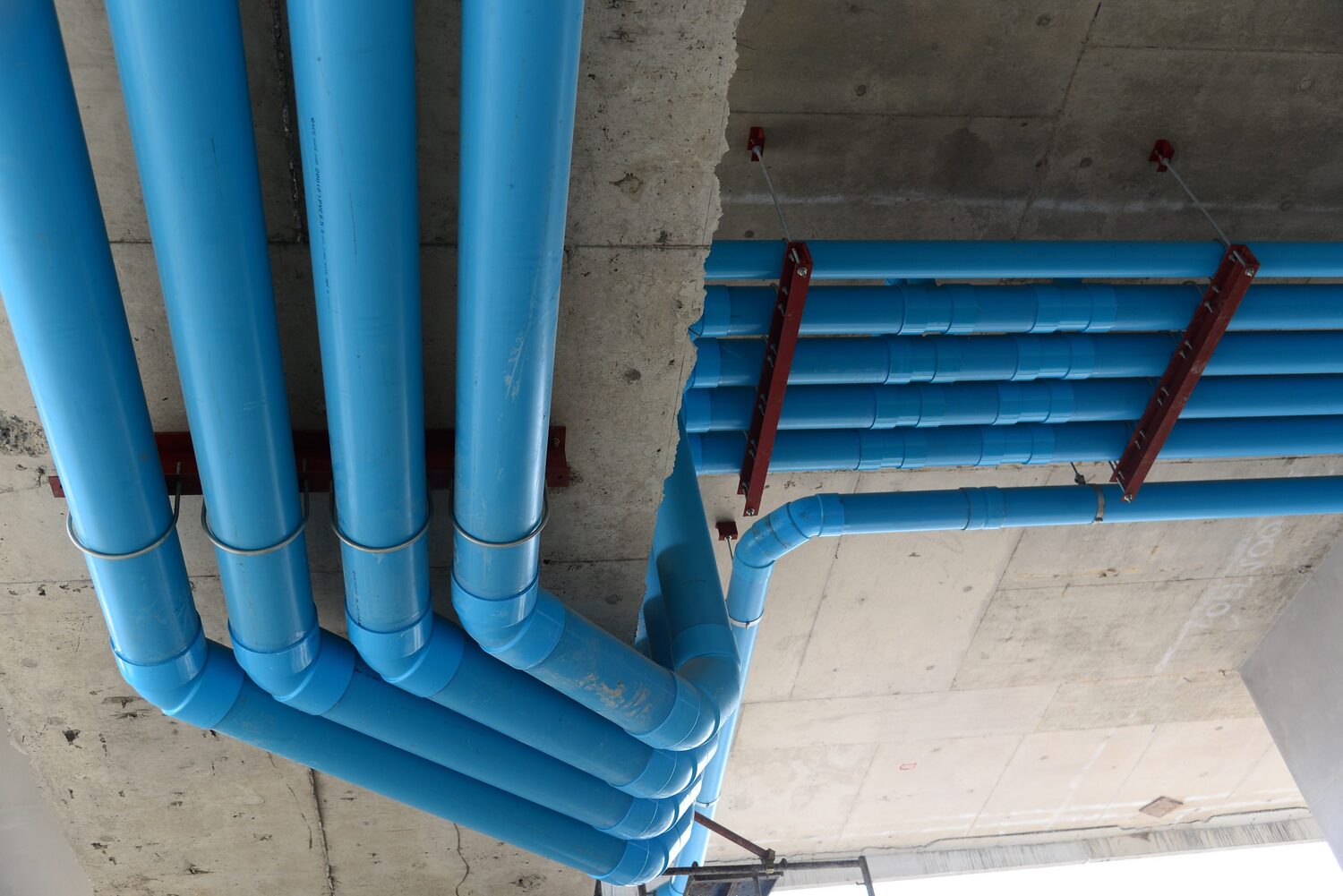
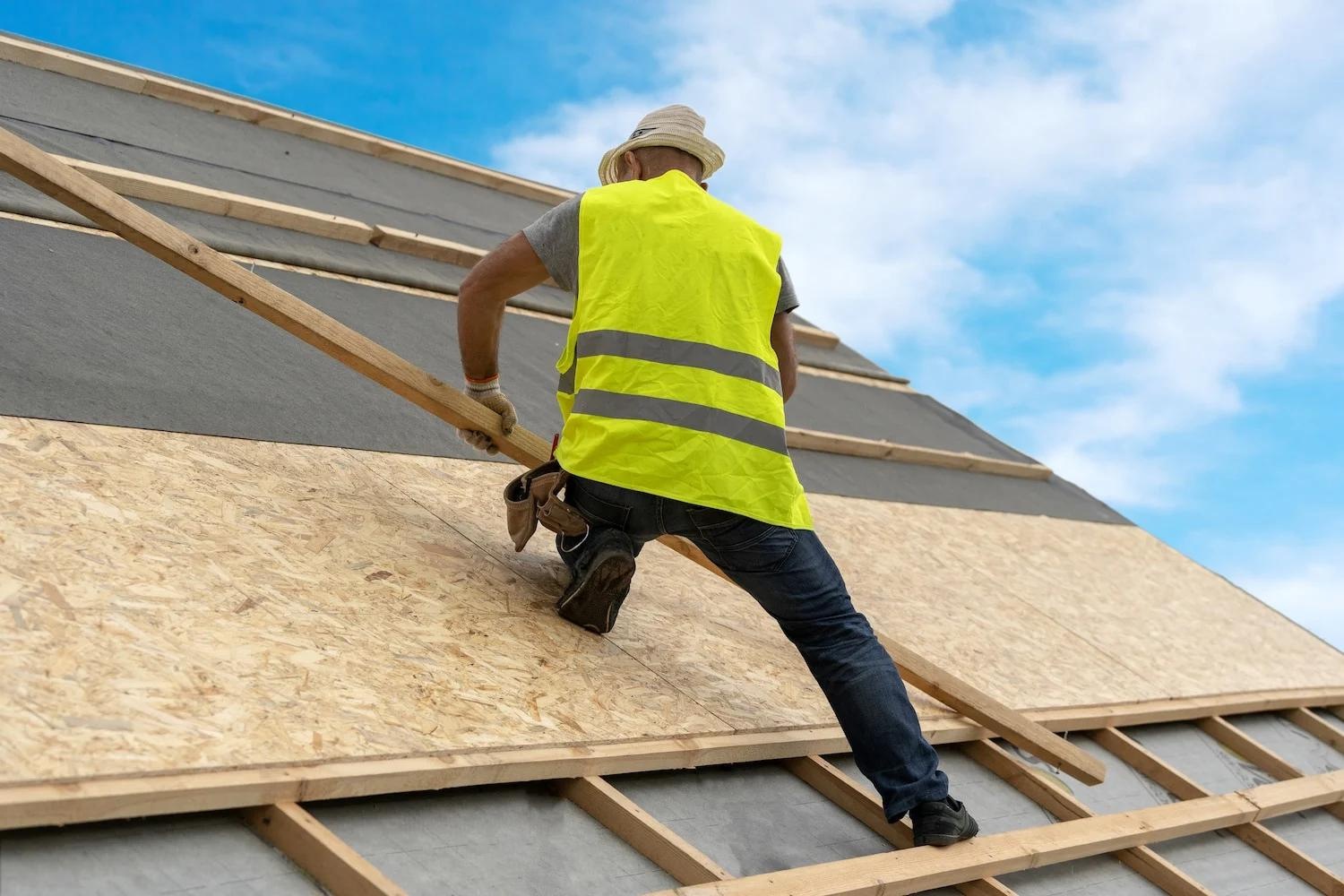
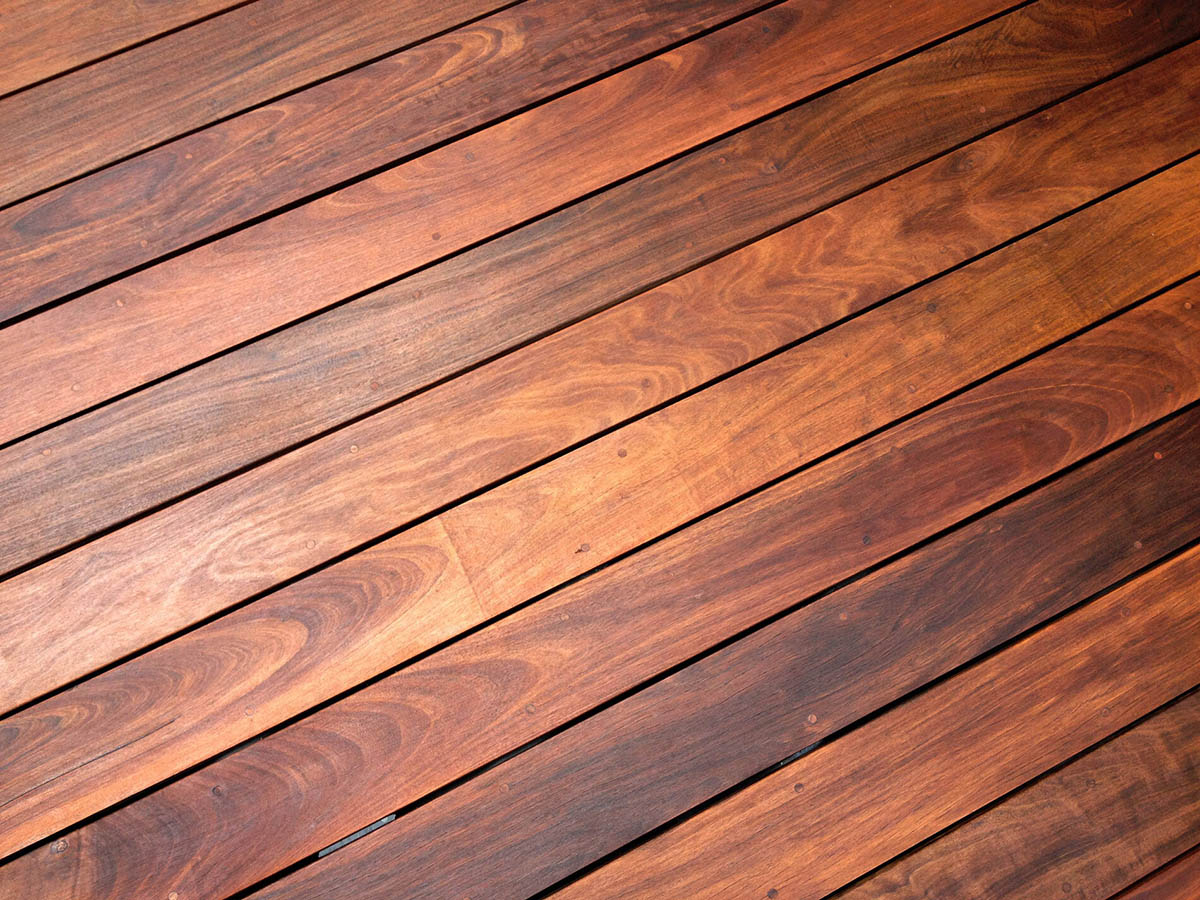

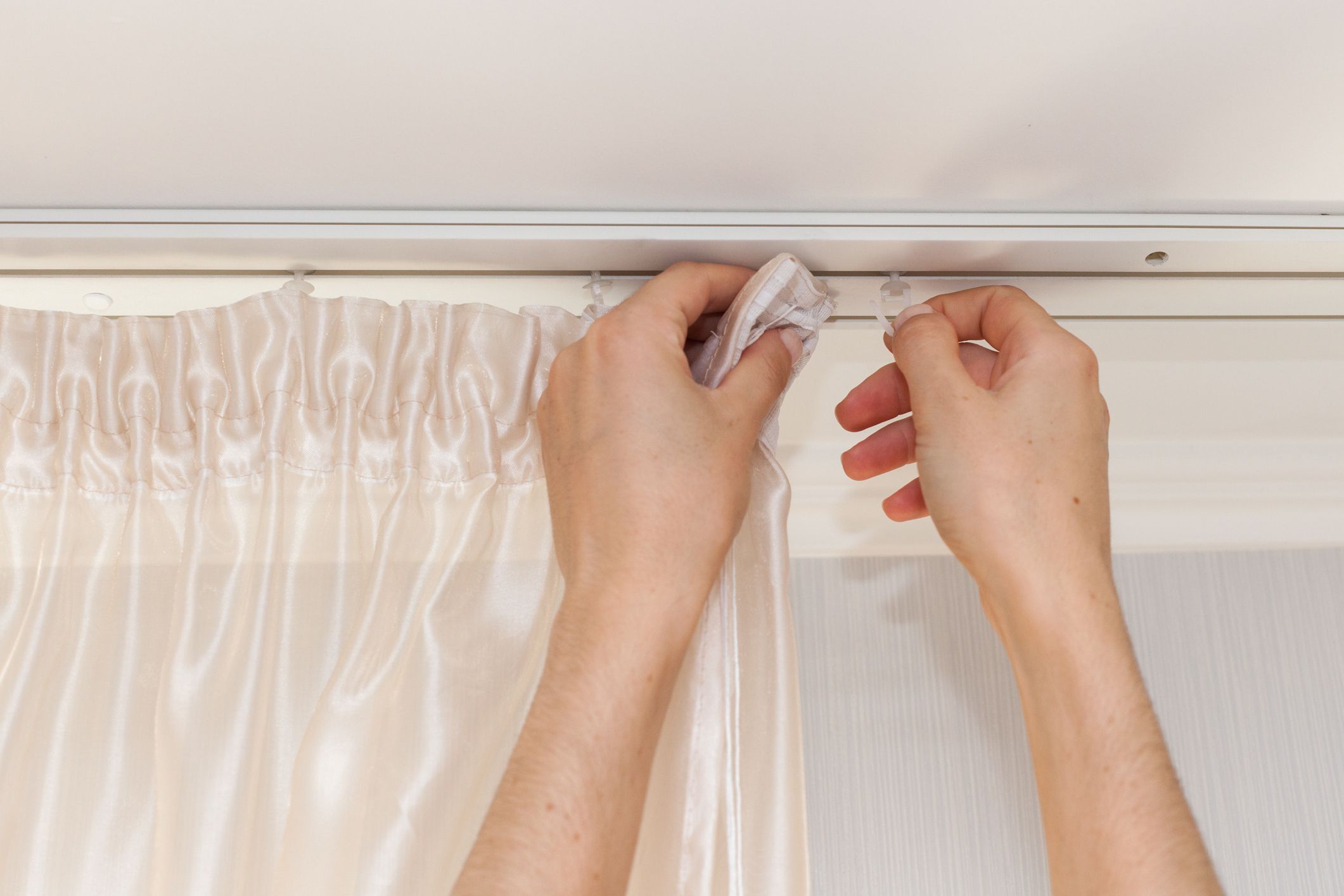

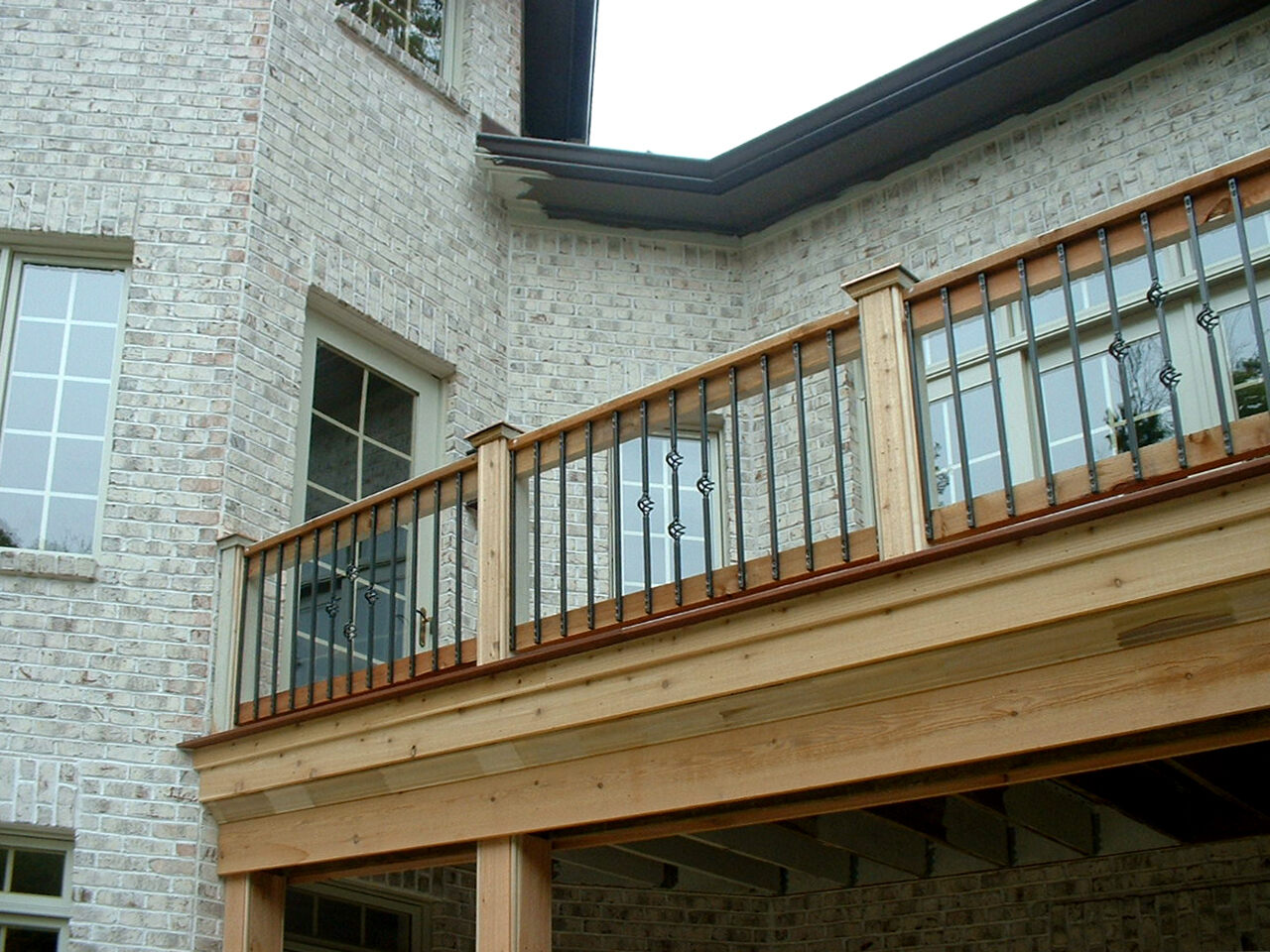
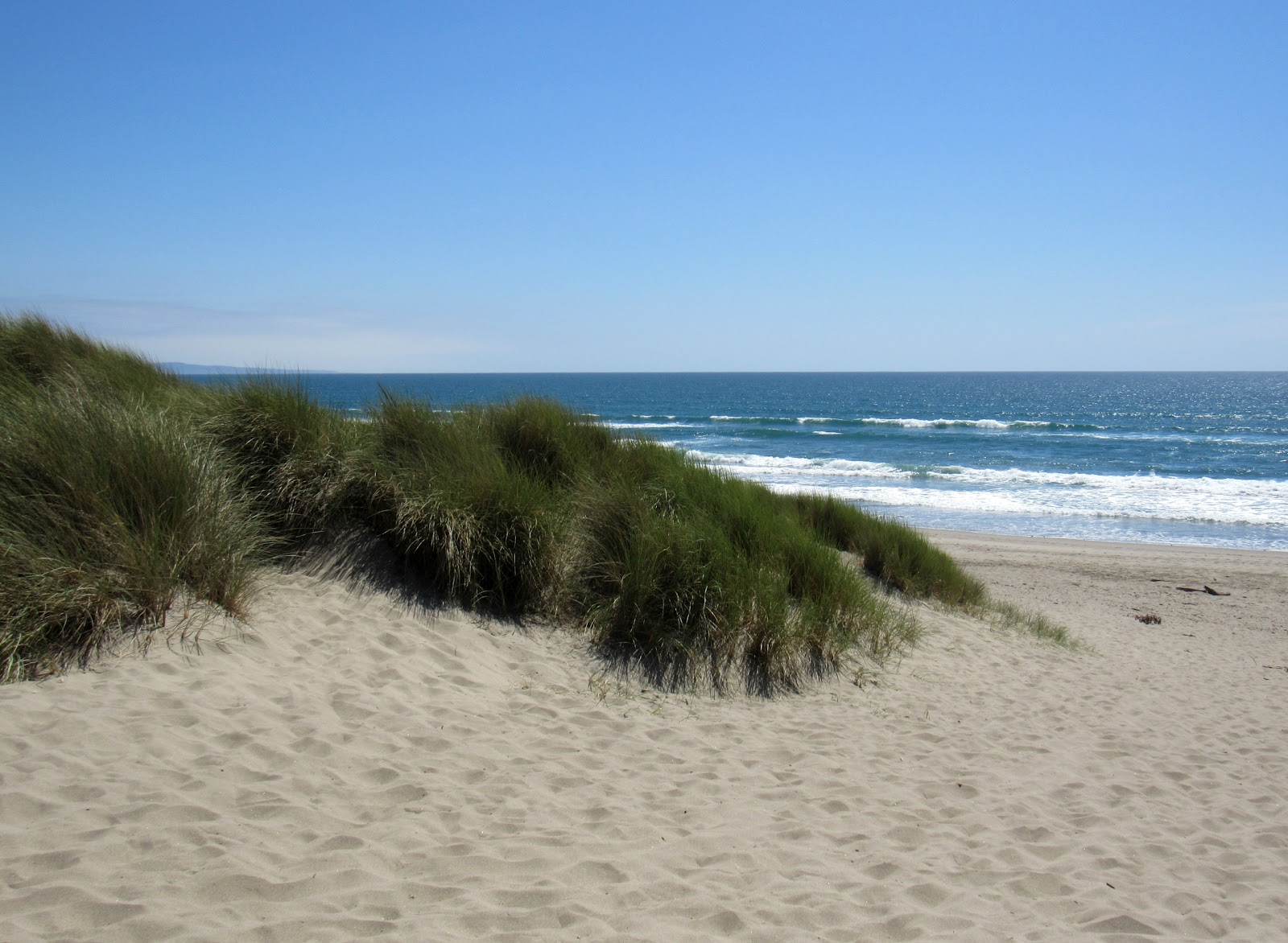
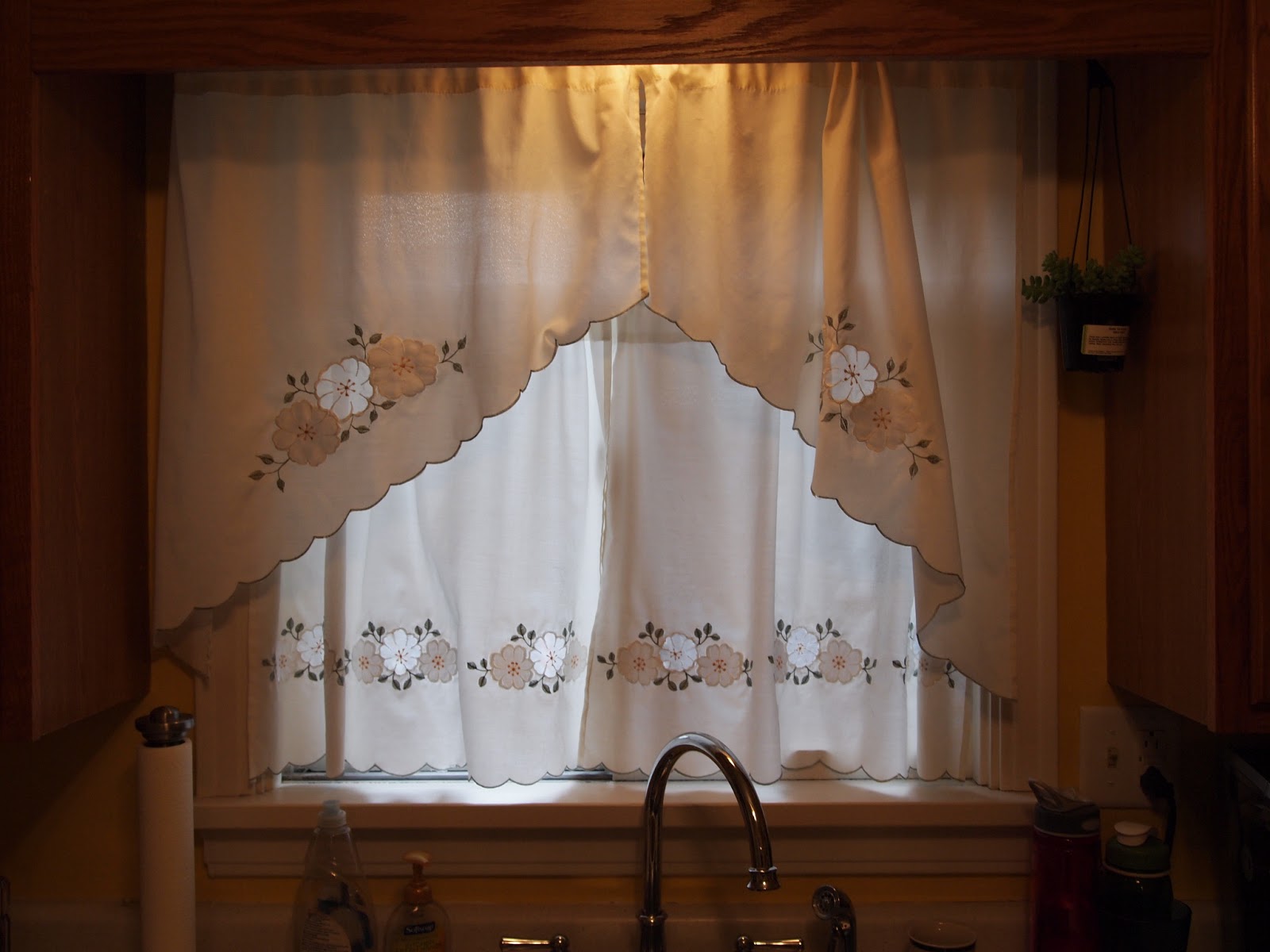



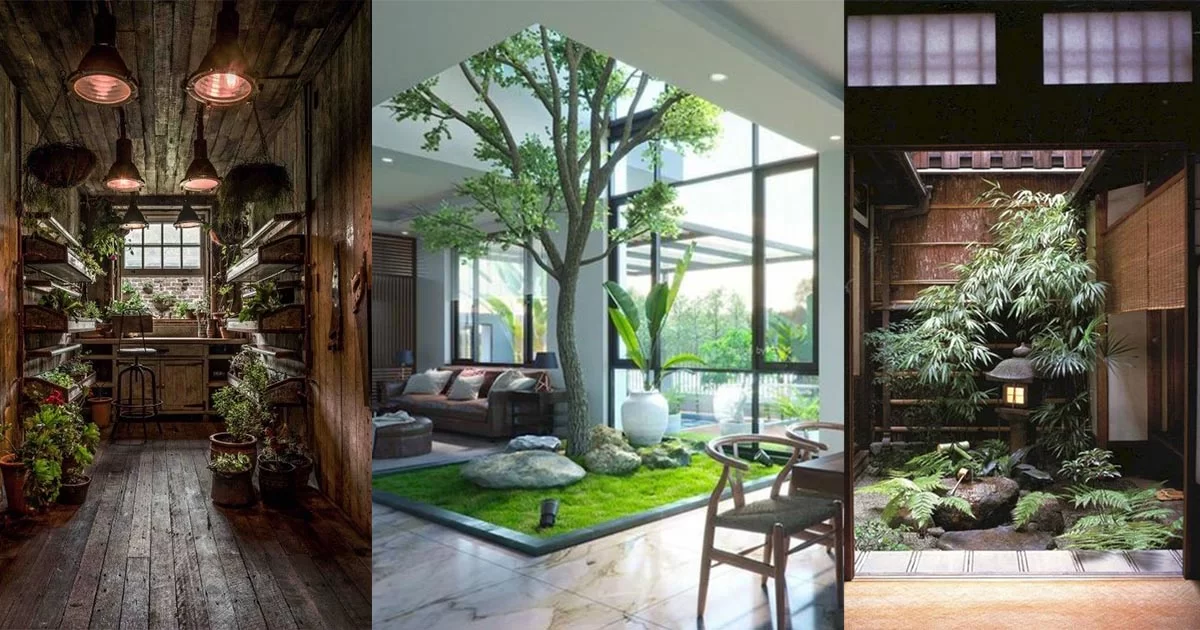

0 thoughts on “What Is The Plastic Decking Called”